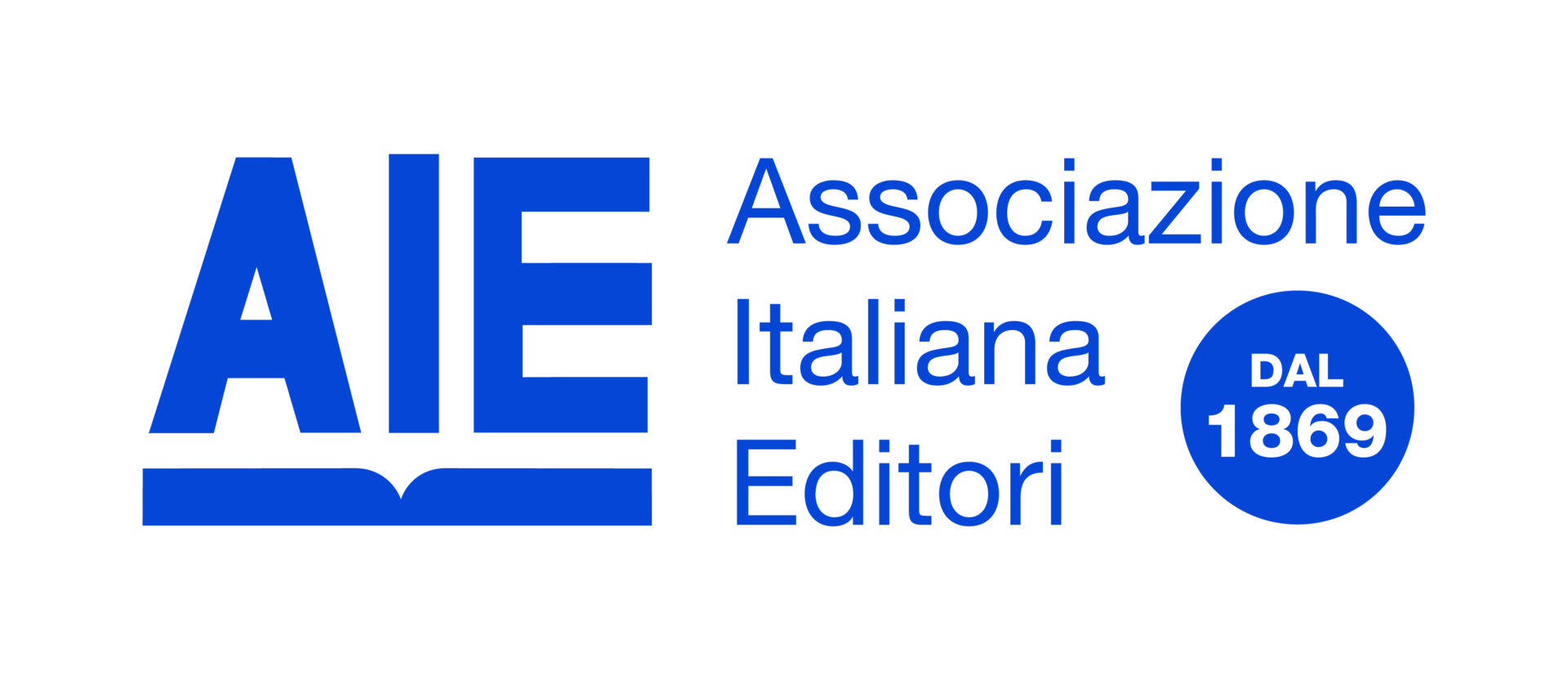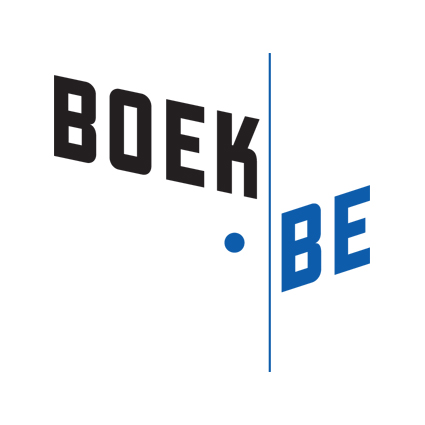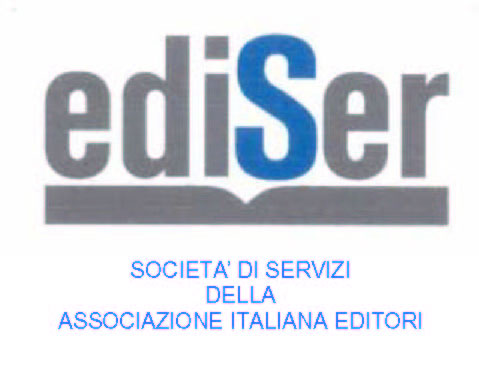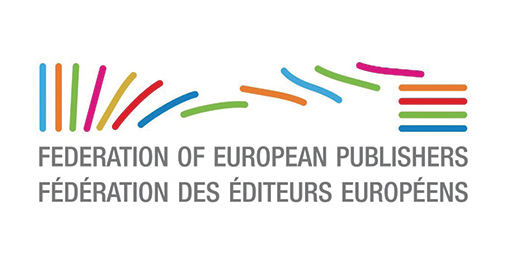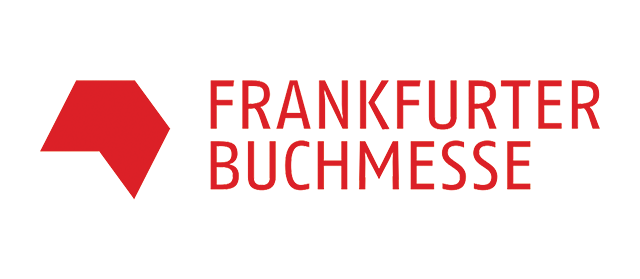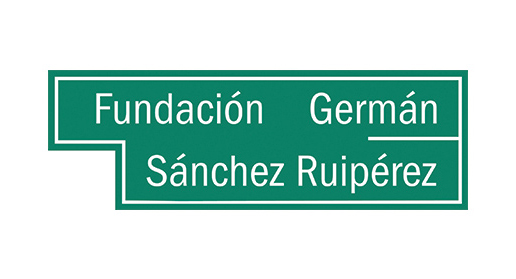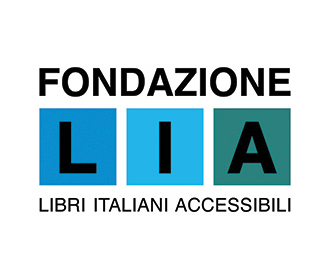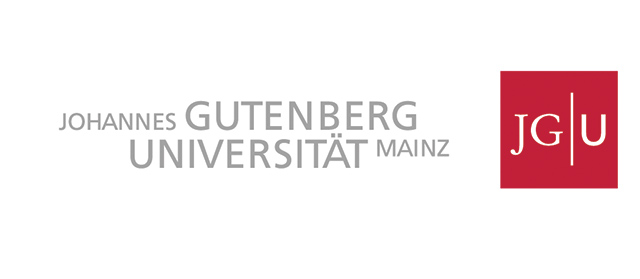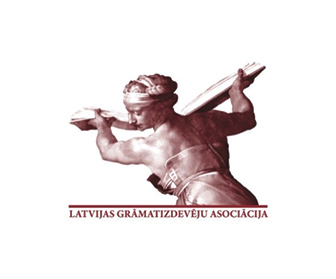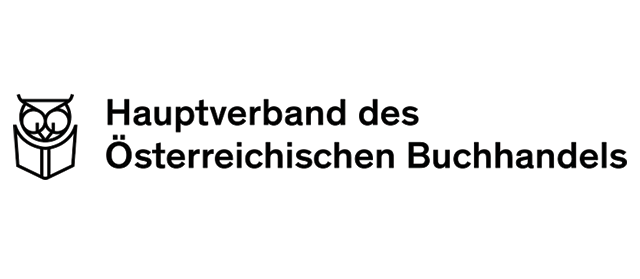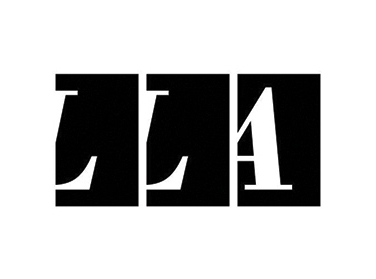In 1996 – two years before Google and 14 years before the iPad- the Bologna Children’s Book Fair asked me to help them design a global technology prize. The task was a big one – to find the most innovative children’s technology products, from anywhere in the world.
At the time the market was hot and there were many award initiatives. Most were designed to sell something – either award seals or booth spaces, which I was not interested in. I insisted that such a prize must be based on academic due diligence, with no entry fee; and that the products must be tested by each juror as they met face-to-face. To my delight the BolognaFiere accepted my conditions, and my annual spring pilgrimage to Bologna Italy began. The Bologna New Media Prize was born.
The golden CD-ROM years
From 1997 to 2002, most digital storytelling products were delivered on CD-ROMs – by the hundreds each year. That made them hard to judge. Besides the language and cultural differences, the jurors had to install every title on a Mac or Windows computer. But it was possible because the software market was booming. We had a large jury representing the USA and Asia to help review all the products. The jurors found many examples of magic on many types of platforms. Scholastic was honored for it’s I Spy series, Broderbund’s Living Books were recognized, and the non-fiction disks from DK Multimedia were frequent winners. But the CD-ROM market stalled in 2001, and the digital prize ended. Like many print publishers, I started transitioning my own publication to the web. I also started the Dust or Magic conference and writing reviews for the New York Times.
The age of apps, the Bolognaragazzi Digital Award (BRDA) and the digital hall
When Steve Jobs announced the iPad in the spring of 2010, the floodgates opened once again for children’s digital products. The tablet’s large, slippery touch screen held great appeal for both children’s storytellers and children, and app stores made it possible for ideas to flow freely across borders. Young startups like Toca Boca and existing publishers like Nosy Crow became household names, and the digital prize was back in business. The prize was back, under a new name – the BolognaRagazzi Digital Award. As with the first edition, there is still no entry fee, and any product can win, from anywhere. Each spring, I still host a new set of jurors in Bologna. After two hard days of debate and testing, we toast the winners over a wonderful Bolognese meal.
Present day: a fir, grasp on the digital age
As technology has evolved, so has the book fair. 150 new products are judged each year from approximately 30 countries, and trends come and go. This past year saw a surge in AR and VR products, so a new prize category was created. A one-day Dust or Magic masterclass provides fair attendees with an overview of the key digital publishing trends, and a thriving digital hall provides a showcase for demonstrations and a discussion of the state of the app.
Two decades have passed since the first Bologna New Media Prize. While much has changed, much has remained the same. We can state with confidence that technology does not harm the sales of traditional books, and that the relationship between the page and the pixel is a complex dance. But millions of children carry some form of touch screen device in their pocket that can connect them directly the ideas of an author. Nothing will ever replace a good story and quality illustrations, whether they are on a page, a screen, or something in between. And, as the prize winners have shown, many times it can be both.
LINKS
List of all the winners http://childrenstech.com/bolognaragazzidigital
The 2017 Winners and Short List http://childrenstech.com/blog/archives/17907



